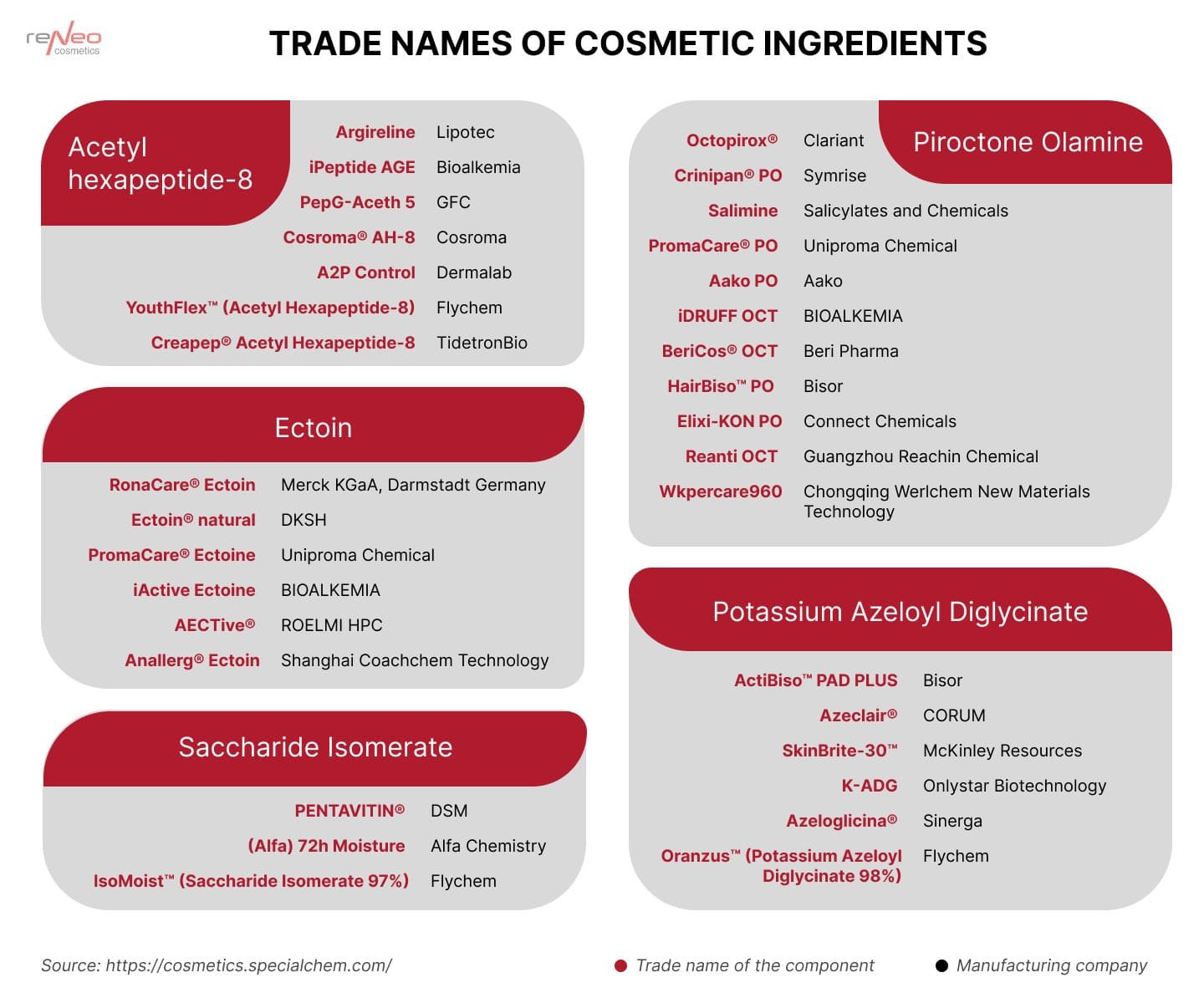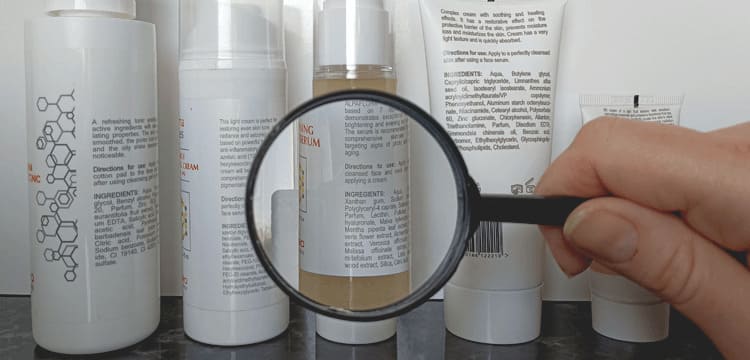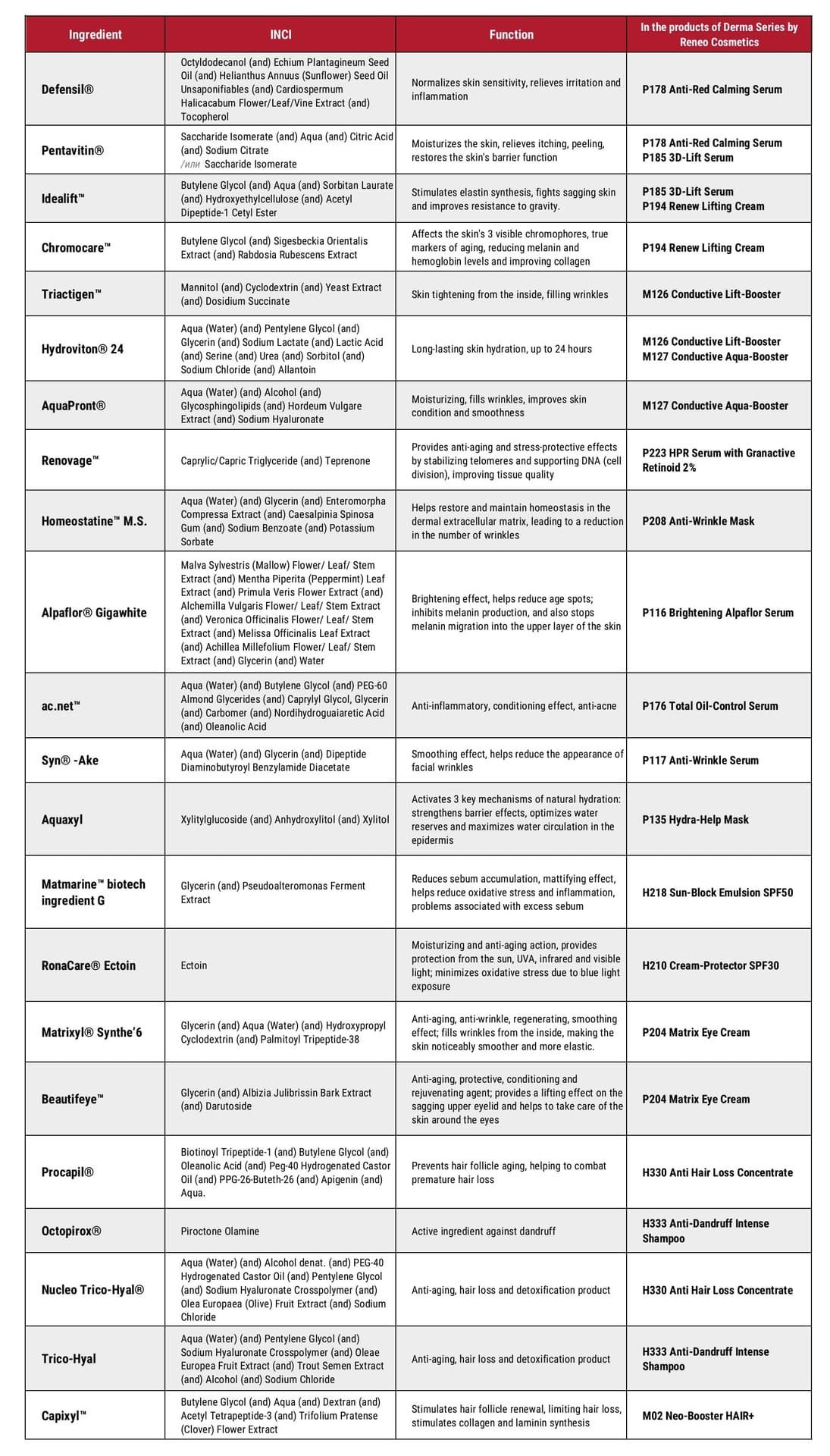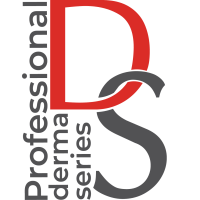While choosing cosmetics for professional procedures or daily home care, the composition is one of the key criteria for making a decision. However, cosmetologists and conscious consumers face a dilemma every day: marketing promises a certain innovative extremely effective component, but it seems to be absent from the list of ingredients. Why is this happening? Because of INCI – the International Nomenclature of Cosmetic Ingredients, which is a standardized classification system mandatory for labeling all cosmetic products in accordance with international regulatory requirements.
In modern cosmetology practice, the correct interpretation of the composition of cosmetic products is a fundamental professional competence. Due to the growing discrepancy between the marketing names of active ingredients and their regulatory designations in the composition, the ability to correctly read the label of cosmetic products is becoming increasingly relevant. Mastering the INCI analysis methodology enables specialists to objectively evaluate cosmetic formulas, differentiate marketing claims from actual composition, and make informed selections of products based on customer needs. Particularly valuable is the ability to determine both the concentration and functional role of each component in the formula.
Therefore, understanding the composition of cosmetics is the key to the conscious selection of products and the correct interpretation of their effectiveness.
What is INCI and how to read it?
INCI (International Nomenclature of Cosmetic Ingredients) — is the International Nomenclature of Cosmetic Ingredients, the only standardized system for naming ingredients used in cosmetic products.
The INCI system was created in the early 1970s by the Personal Care Products Council (PCPC) (formerly the Cosmetics, Toiletries and Fragrance Association (CTFA). Today, there are over 16,000 ingredients in the INCI list. INCI is the mandatory standard for labeling cosmetic products in most countries around the world, including the EU, the USA, Canada, China, Japan and other regions. With a few exceptions, INCI labeling names are the same in all countries.
The mandatory nature of INCI is due to several factors:
- Ensuring transparency and understanding of the composition of cosmetic products for consumers, professionals and regulatory authorities
- Unification of names regardless of the country of production
- Simplifying identification of potential allergens
- Facilitation of international trade in cosmetic products
Principles of building a list of ingredients according to INCI
The first step to professional analysis of cosmetic formulas and identification of marketing exaggerations is to understand the basic principles of reading the INCI composition.
Language
Ingredients in the INCI system are written mainly in Latin (for plant components) and English (for chemical compounds). This allows you to avoid language barriers and ensure an unambiguous interpretation of the composition in different countries. At the same time, some commonly used names of components in English coincide with their INCI name, but not always. For example:
- Water – Aqua (Latin name)
- Glycerin – Glycerin
- Chamomile Extract – Chamomilla Recutita Flower Extract
- Vitamin E – Tocopherol
- Jojoba oil – Simmondsia chinensis (Jojoba) Seed Oil
- Aloe vera leaf gel – Aloe barbadensis Leaf Juice
Igredient placement order
The list of ingredients must be compiled in descending order of their mass fraction actually present in the cosmetic product. The first component in the list has the highest concentration (most often it is Aqua or Water). The last components in the list are present in minimal quantities. This rule applies up to the concentration threshold of 1%.
Ingredients whose concentration is less than 1% may be listed in any order after those whose concentration exceeds 1%.
Concentration threshold
For practical composition analysis, in addition to the order of ingredients in the list, it is important to understand approximate concentration thresholds:
For practical composition analysis, it is important to understand approximate concentration thresholds:
- Components up to 5-7 positions: typically 3-50% (base of formula)
- Middle of the list: approximately 1-3%
- End of the list (after 1% threshold): less than 1%
! It is important to remember that some active ingredients are effective even in minimal concentrations and are therefore placed at the end of the list:
- Peptides (effective at concentrations of 0.0001-0.1%)
- Retinoids (often 0.01-0.5%)
- Some antioxidants
- Preservatives (usually 0.1-1%)
- Fragrances (Parfum, Fragrance)
That is why the place of an ingredient in the list does not always reflect its importance for the effectiveness of the product. Many branded actives that are heavily advertised on the packaging may be at the end of the INCI list, which does not diminish their properties, but rather indicates their high effectiveness in low concentrations.
Name complexity
The complexity of the names may vary depending on the nature and chemical structure of the ingredients themselves. If a substance consists of more than 80% of a single compound, it will have a simpler INCI name. If a substance consists of several compounds, more complex names, abbreviations or combinations of names and numbers may be used to designate it.
Additional markings in the composition
When analyzing INCI, it is important to pay attention to some specific designations:
- Asterisk (*) – often indicates ingredients of organic origin
- CI + number (for example, CI 15985) – dyes according to the international classification according to the Colour Index number system
- The presence of brackets – usually indicates clarification of the origin or specificity of the component
- Slashes – can indicate mixtures of ingredients.
Marketing names vs. INCI ingredient names
The names of ingredients according to the INCI system are universal and contribute to the control of the safety of cosmetic formulas. At the same time, with the development of technologies, as a result of scientific research, complex compounds are constantly emerging. The combination of ingredients in the composition of biotechnological complexes provides a synergistic effect. However, their names according to the INCI system are too complicated for commercial circulation and perception by cosmetic manufacturers and end consumers. Therefore, marketing names are used.
Marketing (or commercial) names are brand names for ingredients or their complexes created by manufacturers of raw materials for the cosmetic industry. Such names are usually protected by trademarks and are used to distinguish the product on the market, emphasize its uniqueness and innovation. For example:
- Idealift™ — peptide complex for skin tightening
- Pentavitin® — complex for deep hydration
- Argireline® — peptide that reduces facial wrinkles
Ingredient manufacturers create their own names for actives for several reasons:
- Differentiation in the raw materials market
- Protection of intellectual property
- Simplification of communication with cosmetics manufacturers
- Creation of a recognizable brand
- Possibility of setting a premium price for patented technology
Why are marketing names not listed in the ingredients?
As we have discussed earlier, according to the cosmetic legislation of most countries, only the standardized INCI names of ingredients must be indicated on the product label. This is due to several factors:
Regulatory requirements
Cosmetic legislation (in particular, the Technical Regulation on Cosmetic Products; EU Regulation 1223/2009;) requires the use of exclusively standardized INCI names to ensure transparency and consumer safety.
Complex formulation of commercial compounds
Most marketing actives are not individual substances but complexes consisting of several ingredients. Each of these components must be listed separately in the INCI list according to its concentration.
Diversity of commercial names
The same ingredient may have different marketing names from different manufacturers. For example, acetyl hexapeptide-8 (INCI: Acetyl Hexapeptide-8) is known as Argireline®, iPeptide AGE, PepG-Aceth 5, Cosroma® AH-8, etc.

The use of standardized INCI names avoids confusion and provides a uniform approach to labeling.
How to find a “hidden” active ingredient in a cosmetic product?
Correlation between marketing names and INCI equivalents
For a professional cosmetologist, it is important to be able to “translate” marketing names into the INCI language. This can be done in several ways:
- Official websites of raw material manufacturers – companies such as BASF, Lipotec, Bioalkemia usually provide complete information about the INCI composition of their patented complexes.
- Specialized databases – online resources containing correspondences between commercial and INCI names (for example, UL Prospector, SpecialChem, CosIng).
- Ingredient data sheets – documents containing detailed information about the composition, properties and recommended concentrations of the active ingredient.
- Consultations with suppliers – a direct request to the manufacturer of the cosmetic product can help find out which INCI components correspond to the declared active ingredient.
Analysis of the full list of ingredients
It is important to understand that looking for a specific name is not the only way to assess the effectiveness of a product. A comprehensive analysis of the composition allows you to:
- Identify synergistic combinations of ingredients
- Evaluate the overall concept of the formula
- Determine approximate concentrations of key components
- Understand whether the product meets the claimed properties
How to tell if a certain active ingredient is in a formula
- Direct search for the INCI name of the component, or its components (for biotechnological complexes).
- Search for functional equivalents: if vitamin C is said to be in the composition, it may be present not as Ascorbic Acid, but in the form of derivatives Sodium Ascorbyl Phosphate, Ascorbyl Glucoside, etc.
- Analysis of complex active ingredients: for example, if the product description mentions Liposome Complex, you need to search for phospholipids and encapsulated actives in the INCI composition.
Understanding the correspondence between marketing names and INCI components allows a cosmetologist to make an informed choice of products, not based on bright marketing promises, but based on the real composition and scientific data on the effectiveness of the ingredients.
Biotechnological complexes as part of Derma Series by Reneo Cosmetics products
Proper INCI analysis allows a cosmetologist to assess not just the presence of “fashionable” ingredients, but the holistic concept of the formula and its compliance with the declared properties. This is much more valuable than searching for individual branded components that may be present in minimal, ineffective concentrations.





